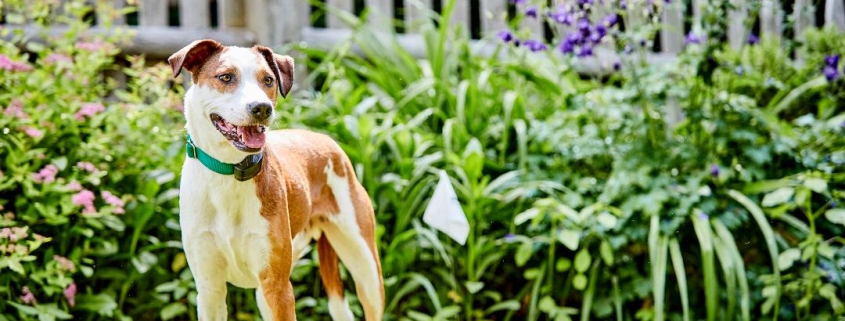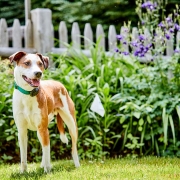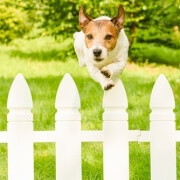Invisible Dog Fence Maintenance & Safety Checks | DogFence
Invisible Dog Fence Maintenance & Safety Checks: How to Keep Your System Reliable
You’ve invested in an invisible dog fence, but are you keeping up with the invisible dog fence maintenance checks that are essential to keep your system running safely and effectively
gives your pet freedom while keeping them safe, but like any system, safety depends on correct use, training, and maintenance. Whether you’re considering an invisible fence or already using one, these safety tips will help you get the most out of your system — and keep your pet secure for years to come. While this guide focuses on dog fence safety tips, many of the same principles apply to cat fence safety too, ensuring both dogs and cats can enjoy secure freedom outdoors
1. Choose the Right System for Your Dog
Not all fences are created equal, and safety varies hugely depending on the system you choose.
- GPS dog fences can drift, leaving dangerous gaps (see our guide on how GPS dog fences work).
- Cheap online kits may look tempting, but they often use thin wire that breaks easily, unreliable collars with short battery life, and offer no training or support. Many owners find they fail within months.
- Professionally installed wired systems, like DogFence, are accurate to the inch, DEFRA-recognised for safety, and backed by expert installation, training, and ongoing support.
For small gardens, or if you live near roads, a wired fence installed by DogFence Ltd is the safest and most reliable choice.
2. Check Collar Fit and Comfort
- The collar should fit snugly but not tightly — you should be able to slide one finger under it.
- Regularly check for rubbing, especially on smaller dogs or cats.
- Avoid leaving the collar on for 24 hours straight — remove it at night if your pet is indoors.
Watch how to fit the DogFence collar correctly for a safe, comfortable fit: 
3. Monitor Battery Life
A flat collar battery = no protection.
- Set a reminder to check batteries monthly.
- At DogFence Ltd, our collars last up to 2 years (industry leading).
- Watch out for GPS collars that need charging every 12–24 hours — easy to forget, leaving your pet unprotected.
Join our battery renewal programme – sent out at the correct interval for your collar.
4. Why Regular Invisible Dog Fence Maintenance Boundary Walks are important
A quick walk around your garden can reveal:
- Broken wires (rare, but can happen if digging).
- Flag gaps if you’ve removed them too soon.
- Unusual pet behaviour near the line, signalling a possible fault.
5. Buy the Correct Dog Fence Cable
Why cable thickness matters for invisible dog fence maintenance:
Cheap online systems often use thin 0.25 mm cable, which is easily damaged by weather, gardening tools, or even pets chewing. This type of cable is not designed for direct burial and frequently breaks down within months.
By contrast, DogFence uses heavy-duty 2.5 mm boundary cable, engineered for durability and long-term performance. It is specifically designed for direct burial, ensuring your fence remains reliable year after year.
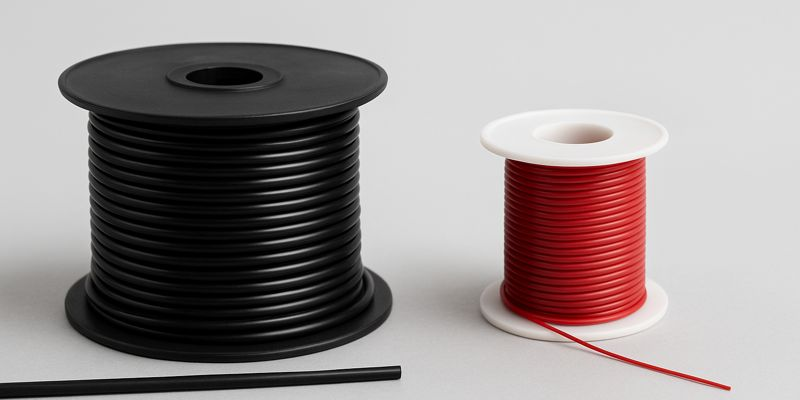
DogFence uses 2.5mm heavy-duty boundary cable designed for direct burial, unlike cheap systems with fragile 0.25mm wire
6. Use Natural Barriers Where Possible
As part of good invisible dog fence maintenance, it’s important to think about how your boundary works with the natural layout of your garden. Electronic dog fences are most effective when they complement the natural features of your property rather than compete with them. Combining visual, physical, and sensory boundaries helps your pet learn faster and stay confident within their safe zone.
Hedges, walls, fences, or paths act as clear visual markers that naturally reinforce your dog’s training. When the electronic boundary aligns with these familiar features, your pet can more easily associate the warning tone with a physical landmark — reducing confusion and improving reliability.
Placing the wire slightly inside these natural boundaries also gives your pet a clear “turn back” area, helping to prevent accidental corrections and keeping the containment both safe and humane.
For the best results:
- Run the wire slightly inside existing features such as hedgerows, flowerbeds, or paths. This creates a clear “buffer zone” that prevents dogs from reaching the physical edge and reinforces the learning line.
- Avoid placing the boundary too close to dense shrubs or walls that may trap the signal or limit your dog’s ability to turn back comfortably.
- Blend with existing landscaping: The wire can be buried just below soil level, laid neatly along paths, or fixed discreetly to fence lines to remain invisible yet consistent.
- Add small loops around areas you’d like to protect (ponds, veg patches, or children’s play zones). These serve as “no-go zones” and integrate naturally into your garden layout.
This balance of natural and electronic boundaries ensures your pet respects both the training and the physical cues of the environment — creating a safe, reliable, and aesthetically pleasing containment solution. Read more about it works here:
7. Keep Children Informed
Explain to children that the collar is a safety tool — not a punishment.
This builds confidence and ensures they don’t interfere with training.
8. Know the Law
Electronic containment fences are DEFRA-recognised and remain legal for use in England, Scotland and Wales, provided they’re installed and used responsibly. When fitted by trained professionals and paired with welfare-led training, these systems fully comply with current UK animal-welfare standards.
When the Government reviewed the use of remote training collars, handheld shock devices were restricted, but DogFence Ltd and other experts were invited by DEFRA to demonstrate how containment fences differ. Our input helped secure their official exemption, as the system is preventative and educational, not punitive — the warning tone teaches pets to stop long before any correction occurs.
To stay compliant and protect your pet’s welfare:
- Ensure professional installation or follow manufacturer instructions precisely, using approved cable and surge protection.
- Use structured, reward-based training so pets understand the safe area without confusion or fear.
- Set adjustable correction levels appropriately for each pet’s size, coat and temperament.
- Carry out regular safety checks to confirm collar fit, cable integrity and signal strength.
Used correctly, a dog fence is a humane, reliable and legally compliant way to prevent roaming and road accidents.
Learn more in our guide: Are dog fences legal in the UK
FAQs About Dog Fence Safety
Q: Is an invisible fence cruel?
No — when installed and used properly, it’s a safe training tool. Our Professional collars have in built safety settings to ensure that your pet is not over corrected, and training prevents most dogs from ever receiving more than warning beep after the initial training.
Q: What if my power goes out?
DogFence systems have the option for a battery back-up on our Performance and Smart Fences. If your wire is broken the alarm will sound and with our Smart Fence you can receive live notifications to your phone.
Q: Can cats use a dog fence?
Yes — thousands of UK cats are safely contained, and cat fence safety is just as important as dogs.”
Q: How old should my pet be?
Most dogs and cats can start training at 4–6 months old, once they’re confident and responsive.
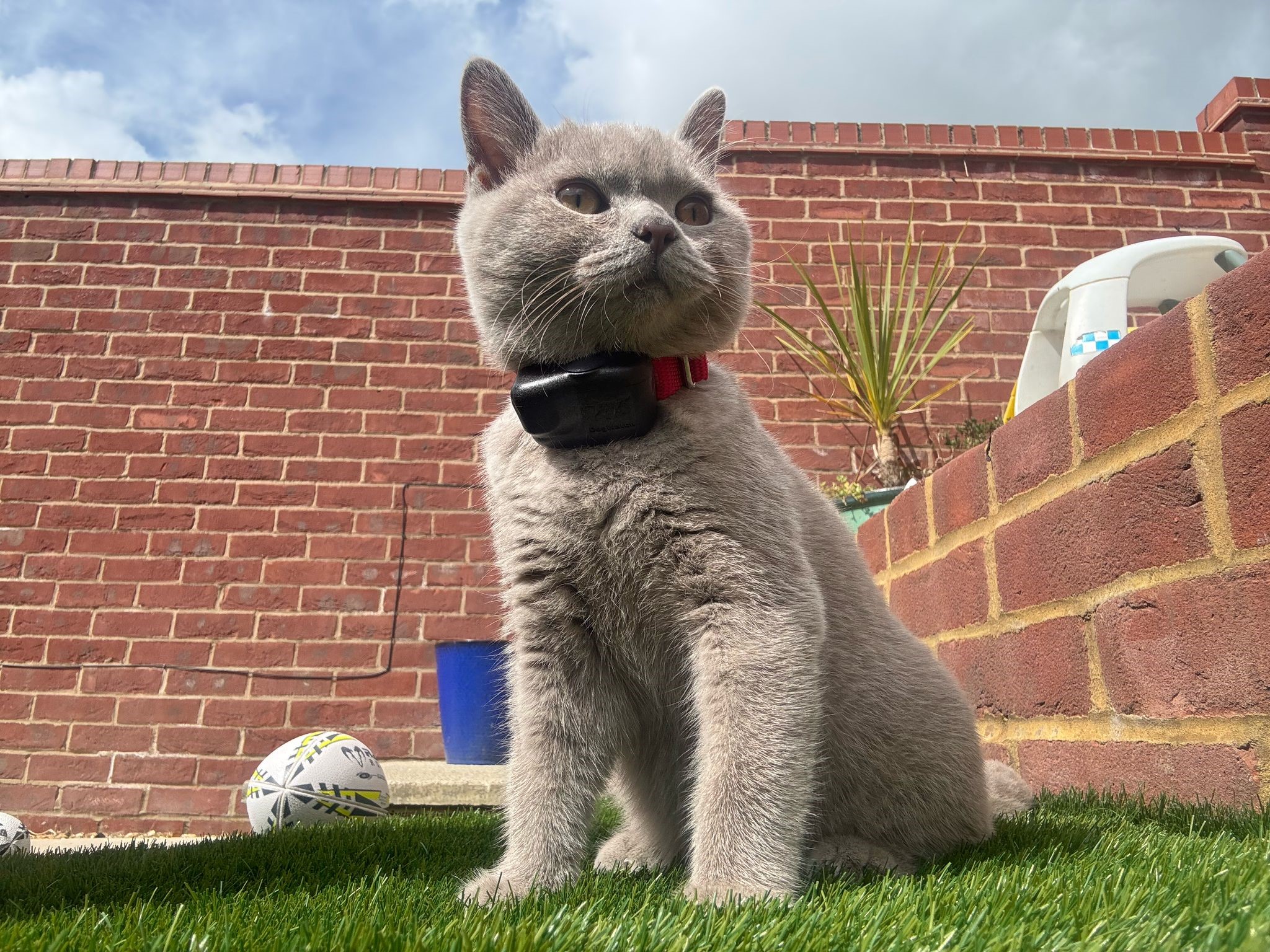
Leno, 5 months old, loving the freedom of his CatFence system.
Regular invisible dog fence maintenance isn’t just about keeping your system in good working order — it’s about protecting your pets and giving them freedom with confidence. Whether you’re safeguarding an adventurous dog or a curious cat, simple routine checks and welfare-led training ensure their safety every day. With proper upkeep and responsible use, your DogFence system will continue to provide a safe, secure, and reliable boundary that gives your pets the independence they love — and you the peace of mind you deserve.
Ready to Keep Your Pet Safe?
Call us on 01628 476475 Message us on WhatsApp Request a Free Quote Online

